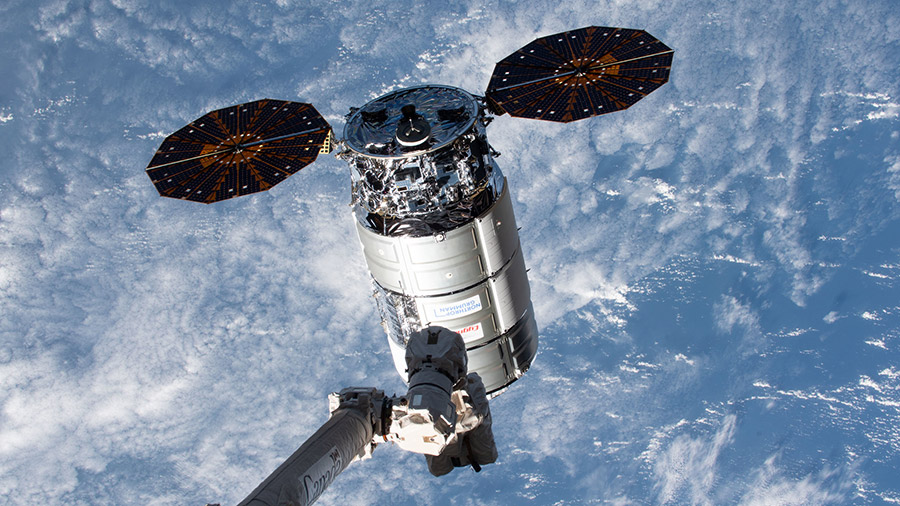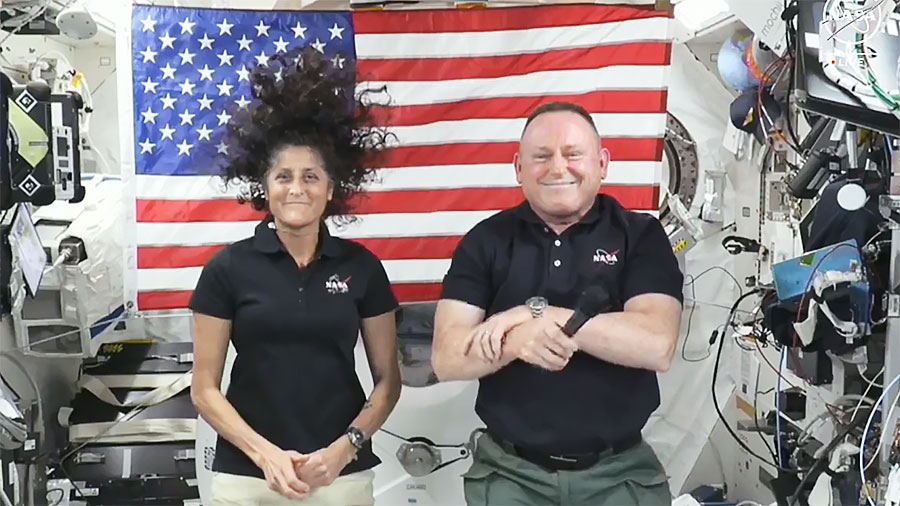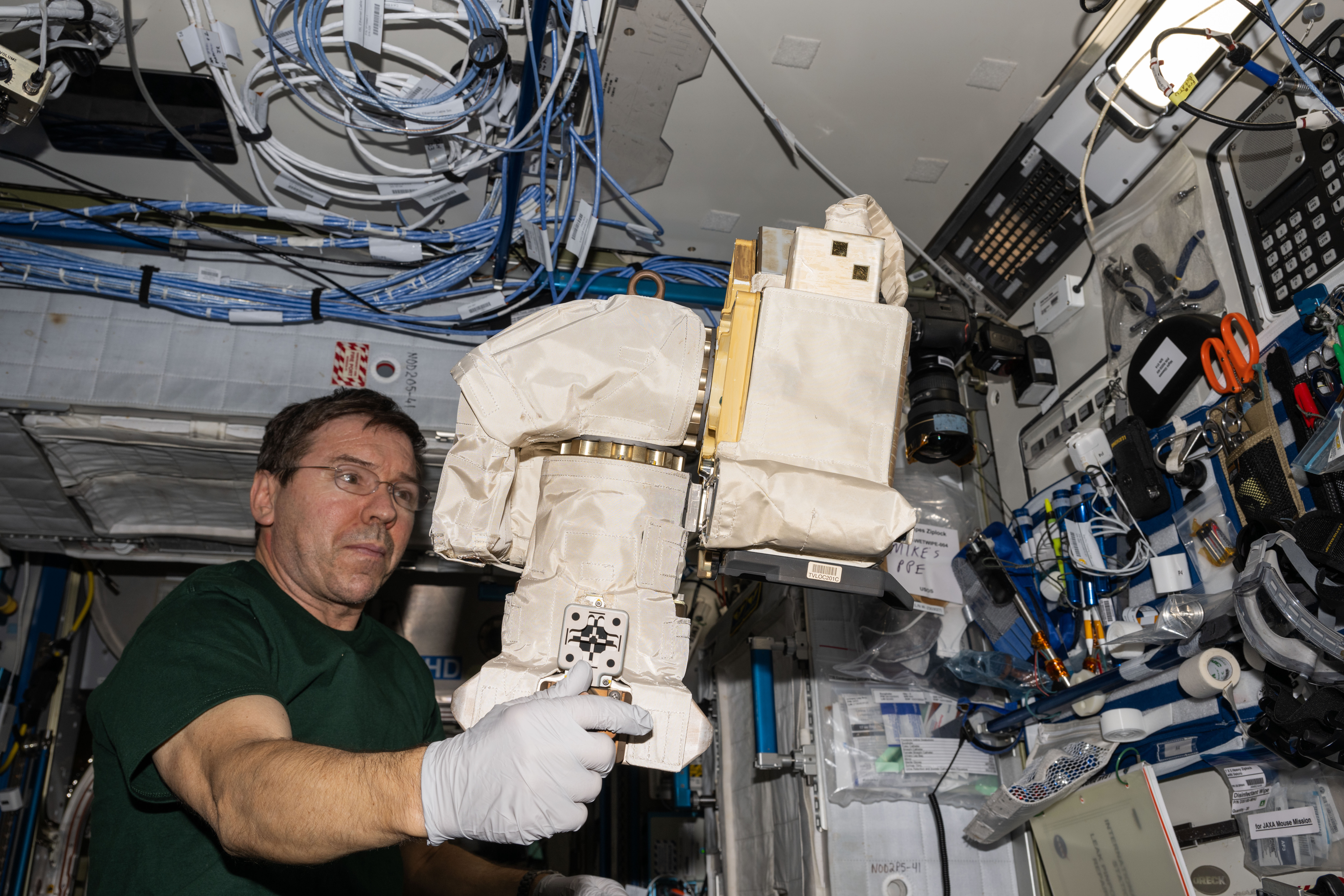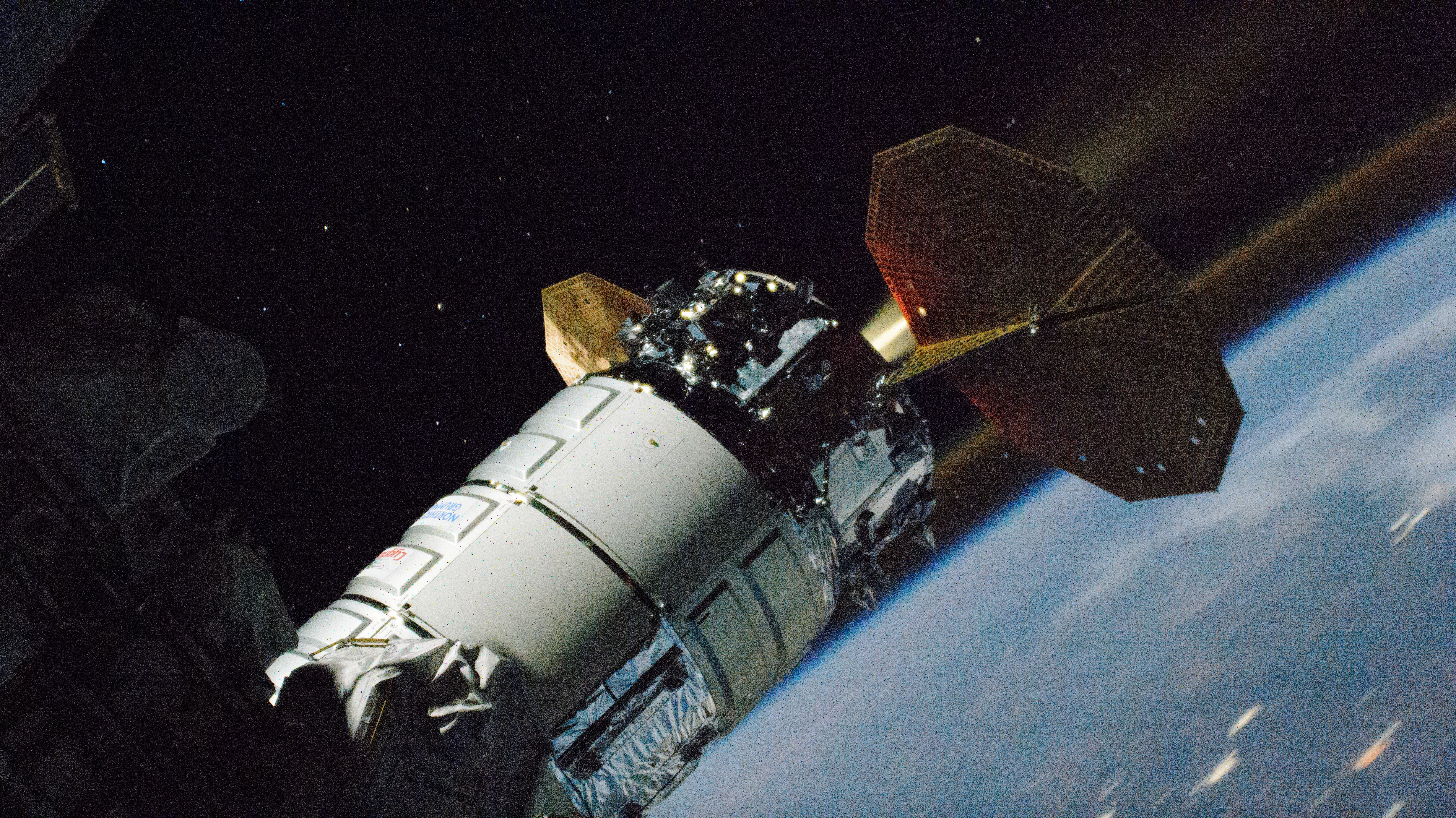NASA Starliner Astronauts Work Research, Maintenance Aboard Station

Astronauts Butch Wilmore and Suni Williams, crewmembers of NASA’s Boeing Crew Flight Test mission, performed a host of research activities and other roles aboard the International Space Station. Wilmore and Williams give the microgravity laboratory a complement of nine people working through daily tasks.
On Monday, Wilmore and Williams reviewed the procedures for using the Fluid Systems Servicer, which drains, purges, and circulates fluids on systems aboard the space station. Wilmore then refilled coolant loops in the water pump assembly located in the Columbus module. Tuesday saw the pair take turns during the morning pedaling on an exercise cycle while attached to heart and breathing sensors that measured their aerobic capacity. The duo then split up as Wilmore serviced a pair of research freezers that preserve scientific samples and Williams installed hardware on an experiment that explores atmospheric reentry and thermal protection systems.
The seven-member Expedition 71 crew joined the two Boeing Crew Flight Test astronauts to practice an emergency drill in collaboration with mission controllers. The teams aboard the orbital outpost and on the ground coordinated communications and reviewed procedures in the unlikely event of a pressure leak, chemical leak, or fire aboard the space station. Following that, Wilmore and Williams spoke to reporters from the space station, answering questions about their mission and the Starliner vehicle. NASA and Boeing managers also discussed the Crew Flight Test mission with the media in an audio teleconference afterward. Watch the crew news conference here and listen to the media briefing here. The duo also completed life support work refilling temperature loops with water in the Tranquility module’s internal thermal control system.
Advanced biology research also was underway aboard the orbiting lab on Thursday with astronauts exploring how living in space affects the human body and mind. Williams extracted DNA to identify microbe samples collected from station water systems. Results from the genetic biotechnology experiment may improve ways to keep crews healthy and spacecraft systems clean on future missions.
NASA astronaut Michael Barratt also assisted Wilmore, who spent all day servicing a pair of spacesuits in the Quest airlock. The duo cleaned the suits’ cooling loops and checked the communication systems ahead of a spacewalk planned for July 29.
Powered by WPeMatico
Elyna Niles-Carnes







